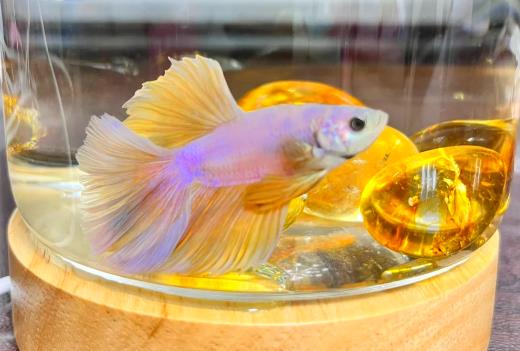Betta fish are indeed tropical fish. Here’s a breakdown of their specific classification and characteristics:

I. Classification and Distribution
Family, Genus, and Habits
Betta fish belong to the order Perciformes, suborder Anabantoidei, and family Osphronemidae. They possess an auxiliary respiratory organ called a labyrinth, which allows them to breathe air directly.
Native to tropical regions of Southeast Asia (such as Thailand and southern China), they inhabit slow-moving waters like swamps and rice paddies.
Common Species
Thai Betta (scientific name: Betta splendens): Grows to 7–8 cm in length, features vibrant colors, and males have large, flowing fins.
Forktail Betta: A native Chinese species with red-and-blue patterned bodies. It has strong adaptability but retains tropical fish traits.
II. Characteristics of Tropical Fish
Temperature Requirements
Betta fish thrive in water temperatures between 20–28°C (for Thai bettas, the optimal range is 22–24°C). Temperatures below 20°C make them prone to illness.
Ornamental Value and Care
They boast rich colors (red, blue, green, etc.). Male bettas are aggressive and need to be kept alone.
While they aren’t overly demanding about water quality, they prefer slightly acidic conditions (pH 6.5–7.5).
III. Unique Adaptabilities
Thanks to their labyrinth organ, bettas can tolerate low-oxygen environments for short periods. However, prolonged exposure to low temperatures still harms their health.
